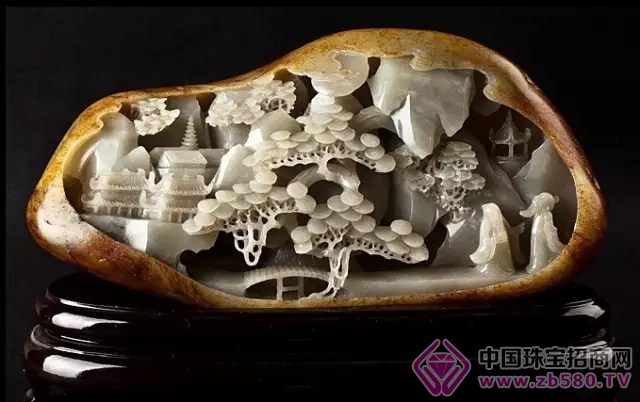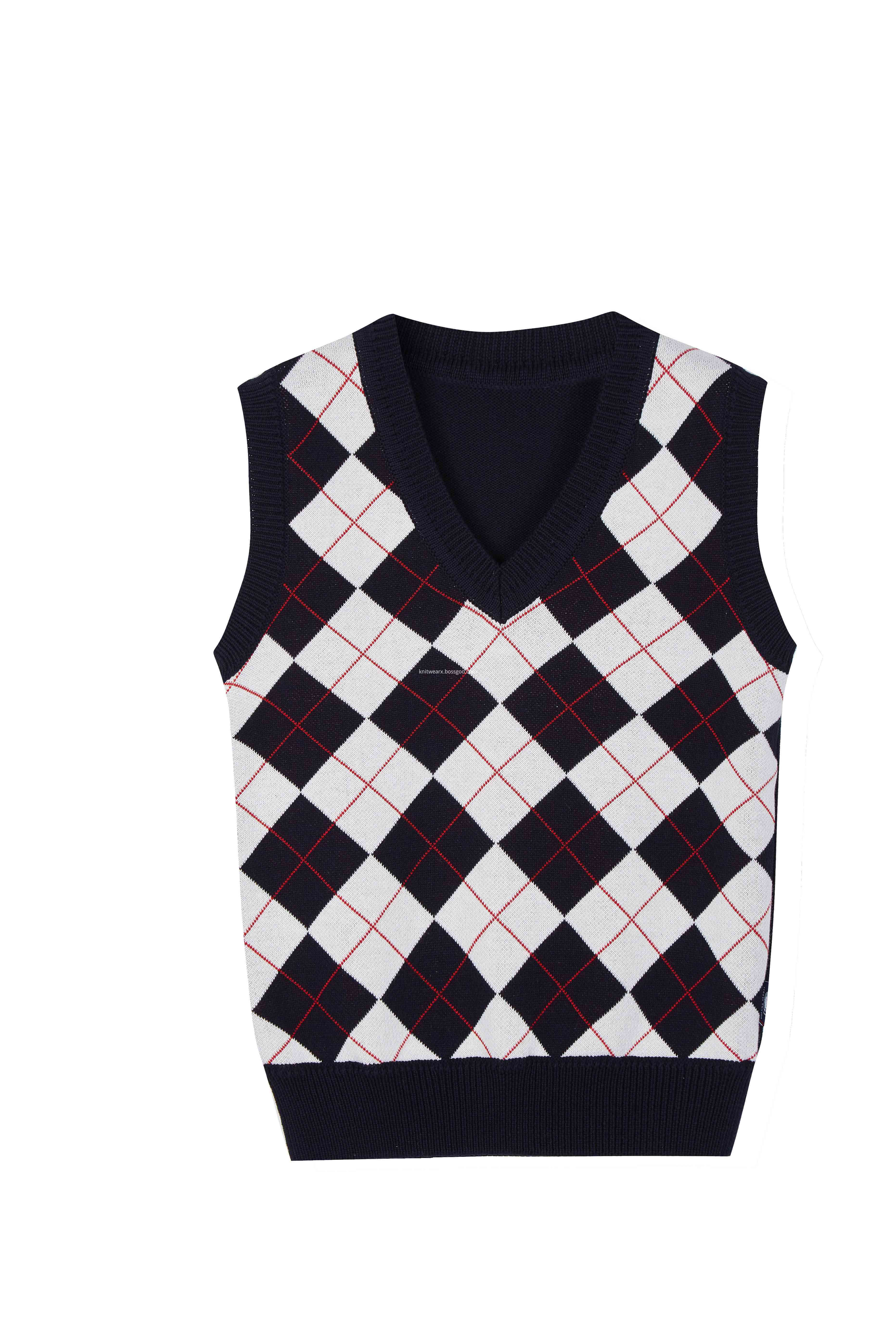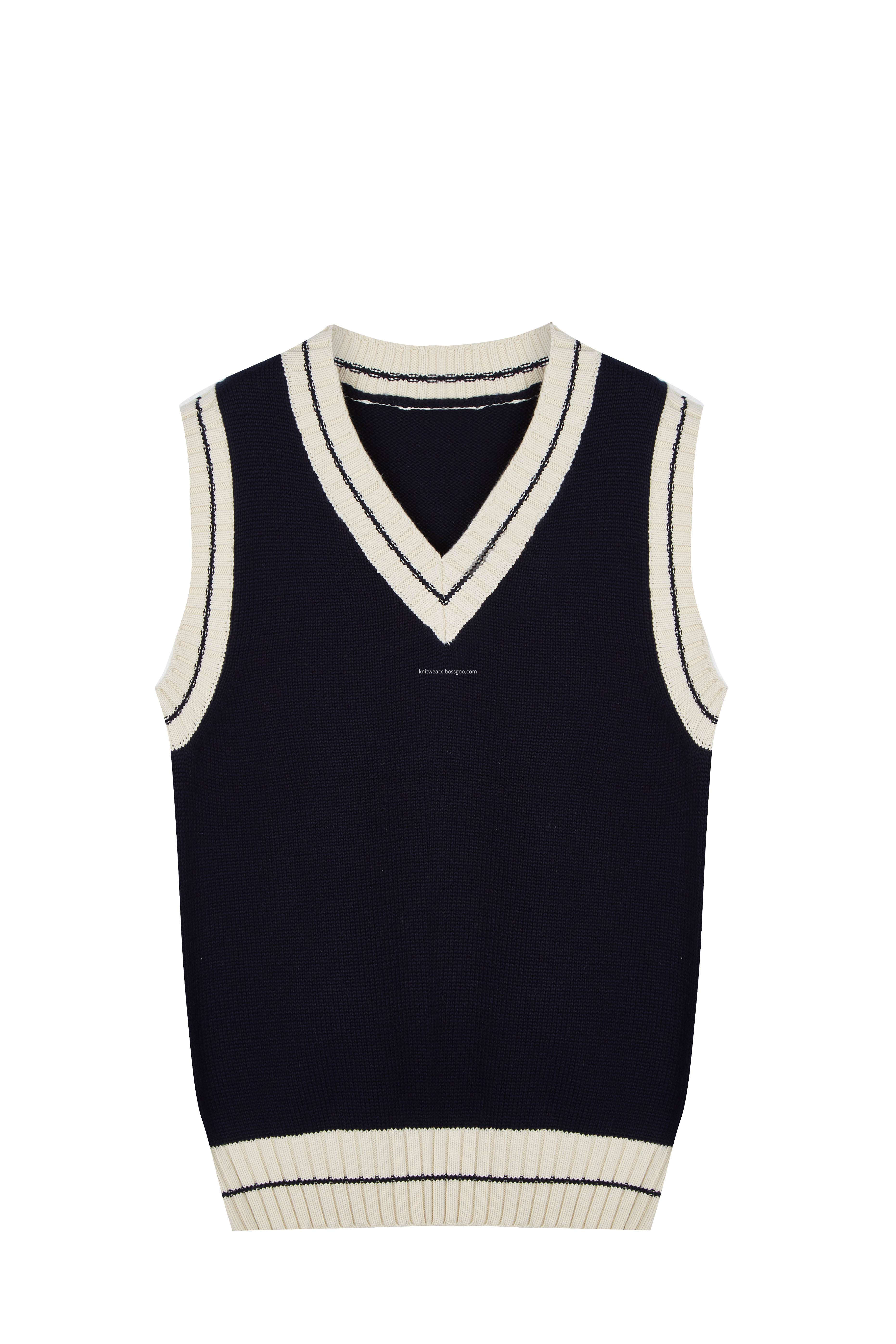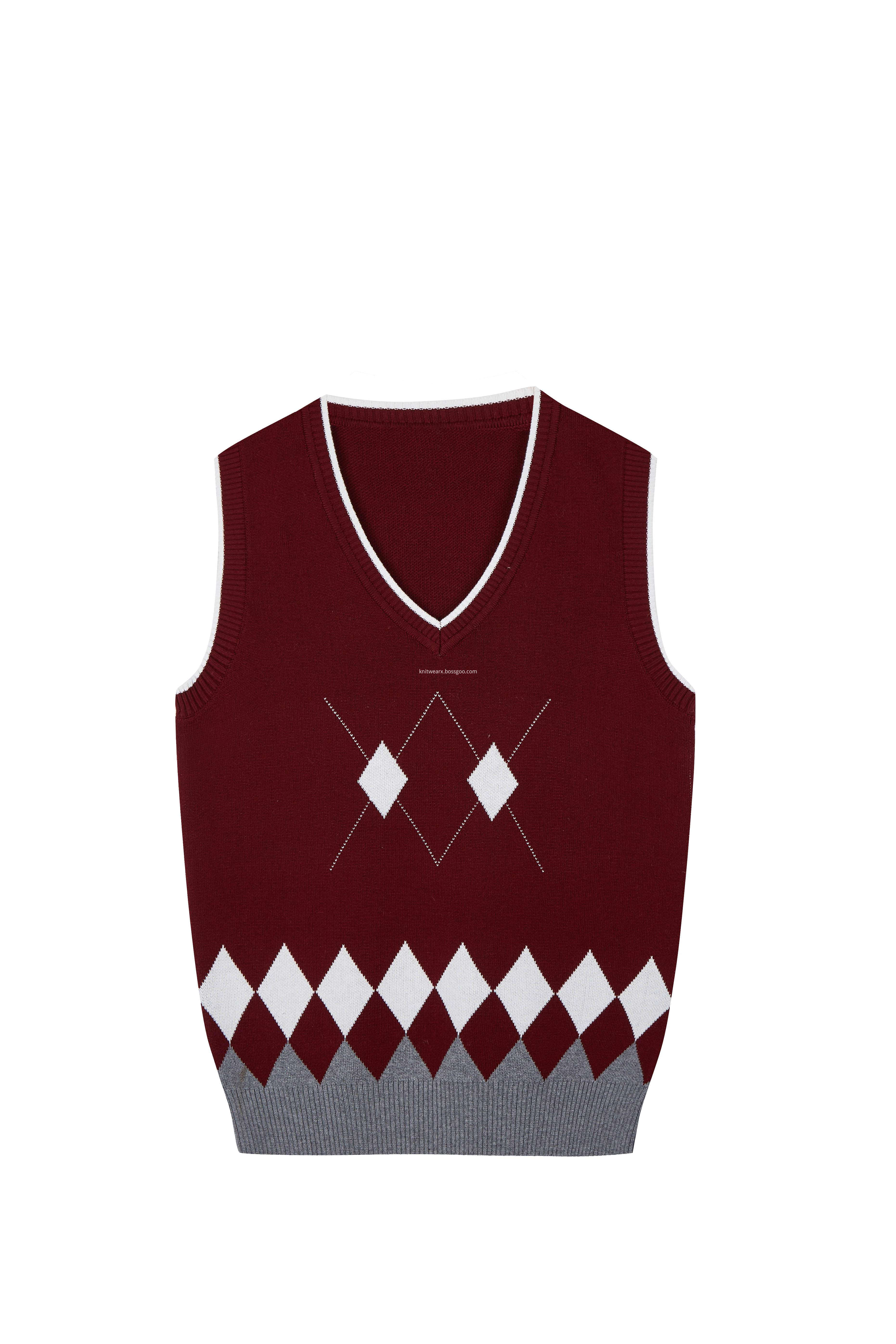Hetian Yusheng is in the high mountains of the Kunlun Mountains at an altitude of over 3,500 meters. The Hetian jade stone has been stripped into pieces of various sizes through natural geological movements and glacier movements. The Hetian jade pieces are washed into the river by rain, snow and water, and flow into the water with the river, called Hetian Yushan flowing water, Hetian Yushan. The raw water stone has been washed by the Yulong Kashi River for hundreds or even tens of thousands of years, forming Hetian jade seed material. The Hetian Yulong Kashi River is such a magical river with a history of 8,000 years. It is slowly flowing down from the Kunlun Mountains. It describes the magic and brilliance of Hetian jade in the Chinese land. Hetian jade is mainly divided into: (1) white jade: the color is white, green, delicate, moist, slightly transparent, like the fat of the sheep called sheep fat jade; opaque, poor gloss is white jade. (2) Sapphire and Qingbai jade: the color is dark gray green to blue green, opaque; the white jade is the transition type between sapphire and white jade, which is grayish green. (3) Jasper: Dark green (spinach green), thick texture. In addition to the production of jasper in Xinjiang, the Chinese jade craftsmanship collectively referred to the jadeite produced in Taiwan and abroad as jasper. (4) Black jade: a strip containing mainly dispersed carbon or graphite and grayish black or grayish black and white. If it is completely black, it is called jade. (5) Topaz: It is caused by the infiltration of limonite into the white jade in the surface water, from beige to yellow. Hetian jade currently has several types according to the place of origin: a Xinjiang Hetian material, and production in Hetian area (Yecheng County, Qiemo County, Ruoqiang County, Yutian County, etc.), which is considered to be the best place of production of Baiyu; Mountain material, mountain water, Gobi material and seed material, the texture is the best in Xinjiang Hetian jade seed material, followed by mountain water, then mountain material, Gobi material. Because of excessive mining, the source of seed and mountain water has been exhausted, especially in recent years, the good materials are rarer and the price is getting higher and higher. Second Russian material; Hetian jade produced in Russia, known as Russian material in the circle, the output form can also be divided into mountain material, seed material, mountain water material. Sanqinghai material; Qinghai material, also known as Qinghai jade or Kunlun jade, is one of the common generalized Hetian jade species on the market. It is produced in the eastern margin of the Kunlun Mountains and is part of Qinghai Province. It is in a metallogenic belt with Xinjiang Hetian Yutong. Kunlun The east of the mountain is Kunlun jade, the northern part of the mountain is Hetian Yu and the four Korean materials. The Korean material is the generalized Hetian Yuqing Yushan material. Its main producing area is Chuncheon in the southern part of the Korean peninsula. It is produced in the local serpentinite and is mostly blue-yellow and brown. Hetian jade identification method 1. Look at the materials of jade: Materials are the primary premise of jade collection, and high-quality jade is essential for a jade. At present, the usual price, the same level of jade is 6-8 times of the mountain material. In the market or online, it is more common to use the skinless mountain or Russian material, and the rice and rice materials are sold. The Russian material is also a mountain material and has the same material composition. The Russian mining material is called Russian material. The price is much lower. The characteristic is white, but the jade is too watery, it is too transparent, and the density and oil texture are both. Not as good as authentic and Tianzi jade. If it is sold in Russian materials and Tianzi materials, it is difficult to distinguish the less experienced ones. Currently, there are many in the market or online. The real sheep fat jade, there is no standard in the country, it is produced in ice and snow covered glaciers. If the sheep fat is white, it is not only white but also not anti-green. Its oiliness is extremely high. It is not the same as the mountain material or the jade that the general color reaches the sheep fat grade. Some old players have been hard to find for decades. The fatness of the sheep fat jade is combined with its rarity, so the jade jade often finds the fat of the sheep fat, and it is difficult to feel the blue sky. It can be said that now that there is money, it is not always possible to buy the refined product Yangzhiyu. Nowadays, most of them are self-proclaimed sheep fat jade. In fact, most of them are high-white mountain jade or son jade. For example, high-white jade without skin is mostly mountain material. The jade workers know that the price of the jade is several times higher than that of the high mountain. When doing work, you must try your best to keep the skin. Some people who try to make fake leather for the purpose of posing as a jade are also often seen. The skinless jade is not a child jade, it depends on the experience and eyesight of the appraiser, so it is often controversial. According to the same level of Hetian jade, the sub-materials are the most expensive, followed by mountains and rivers, followed by mountains. 2, identify the pattern decoration: Modeling is the aesthetic framework of jade, and it is also an important factor in determining the value of jade collection. The shape is determined by the function and the shape of the jade, and the proportional trade-offs should be appropriate. Well-proportioned and not dull, balanced and stable is the beauty of the work. The ornamentation is the decoration of jade, and its beauty and ugliness are easy for people to perceive and feel. Generally speaking, it is subject to the needs of the device type, or both of them depend on the needs of social functions. The decoration depends on the structure, the rules, the complexity, the sparseness, etc., and the structural rules are methodical, and the unity and harmony have the appreciation value. 3. Analyze the art of craftsmanship: The jade craft is the technical condition of the material changer. Its nature is relatively stable and it is not easy to be recognized by people. It is a difficult problem in appreciation. Wherever the work is smooth and fluent, the skilled workmanship must be beautiful or relatively beautiful. On the contrary, the plate is sluggish and the water is muddy, which is a sign that the value of the collection is sharply reduced. Art is the highest level that every jade is pursuing and the hardest to do. All the vivid and vivid, both form and spirit are the expression of artistic beauty, reflecting the rich collection value. On the contrary, the craftsmanship is poor, the art is inferior, and the works of the ancients who violate the artistic beauty are much less appreciated. Therefore, in addition to paying attention to the material of jade, the jade collection should pay attention to the craft level of jade and pay attention to the artistic nature of jade. The reason is very simple. The better the material of jade, the rarer the stock in nature, the more difficult it is to process. The harder it is to make a good jade, the higher the value. The distinction between nephrite and jade. Hetian jade has certain indexes on texture, hardness and specific gravity; while jade jade is produced in Xiuyan County, Liaoning Province, and its texture, hardness and specific gravity are not as good as Hetian jade. In addition, the mining volume of the jade is large, and the material is very embarrassing, so the market price is very cheap. Due to its fine texture and rich water head, the jade jade is in the form of a plant to a grease luster, so it is often used to pretend to be old Hetian jade. However, the jade is softer and easier to eat. The best way to identify it is to use a small knife to engrave a few times. The person who eats the knife is jade, and the person who does not enter is Hetian jade. If you don't have a knife around you, just look at the knife at the time of engraving. Hetian jade will not raise the hair at the knife, but the jade will have hair. In addition, the hand-feeling jade is also lighter, and the sound is dull and hoarse when struck, unlike Hetian jade. In addition to Saitama, there are other common jade used to pretend to be Hetian jade, the identification method is roughly the same as above. Discrimination between Hetian jade and Russian jade and Qinghai jade Qinghai and the Central Asian region of the former Soviet Union now produce a kind of jade, commonly known as Qinghai jade and Russian jade, which are estimated to be produced by the branches of the Tianshan Mountains. Therefore, the ore composition is similar. This jade is mostly white and looks like waxy grease, so it is easy to pretend to be white jade. Moreover, its hardness is the same as that of white jade, so it cannot be used to identify its authenticity. However, this jade contains a high quartz composition, so compared with white jade, the quality is rough, sturdy, brittle and transparent; often it is easy to smash, crack and discolor. In particular, comparing Hetian jade and Russian jade together, one is awkward, one is awkward; one is white and moist, and the other is "dead white", which is self-evident. At the same time, a sound is crisp and a dull, not difficult to distinguish. Discrimination between Hetian jade and "material" The glass is usually used to pretend to be Hetian jade, commonly known as "material". In this respect, the identification is relatively difficult. Generally speaking, the color of the glass is in one go, there is no natural change, and there are bubbles in it (some can be done by engraving); the material is relatively pure and relatively pure, unlike Hetian jade. There are jade stems, such as cotton, radish and other natural crystals; with a magnifying glass, the pores of the glass are much thicker than that of Tian Yu, the fracture is bright and shell-like, and Hetian jade is dark and jagged; the hardness of the glass is low. It is easy to eat a knife, and Hetian jade has a high hardness and does not eat a knife. In addition, the glass frit is applied to the sensitive part of the face, and the degree of coolness is lower than that of jade. In addition, a sound is dull and a crisp when struck. After modern research by experts, Hetian jade compares with other jade at home and abroad. The main features are as follows: 1, luster Gloss is the ability of jade to reflect light. Hetian jade is a grease luster. The ancients called Hetian jade "warm and zeal", that is, its luster has a very slick oiliness, giving people a feeling of moisturizing. This kind of luster is very soft, not strong and not weak, that is, there is no crystal inspiration of glare, and there is no waxy texture of weak light, which makes people look comfortable and touch the beauty. The fingering jade is named for its fat, which is very good, very moist and very precious. 2, the proportion The specific gravity is the weight per unit volume of jade. The specific gravity of Hetian jade was determined by a small specific gravity sample and was 2.66 to 2.976. There are slight differences between the different varieties, white jade is 2.922, green white jade is 2.976, and ink jade is 2.66. Generally, the proportion of white jade is smaller than that of blue or white jade, and the jade has a smaller specific gravity because it contains lighter graphite scales. 3, color All kinds of jade are attracted by the natural color of their own characteristics, and they are on the list of world treasures. The color of Hetian jade is more than that of soft jade in other regions at home and abroad. Hetian jade has four basic colors: white, cyan, yellow, black, and some transition colors, such as white, gray, and so on. Hetian jade has rare white jade in the world, especially the color of the fat-white sheep white jade is unique to Hetian jade, extremely valuable. In addition, Hetian jade has a variety of skin colors. Many jade in the world have this color, but it is not as beautiful as Hetian jade. In particular, Hetian jade has a lot of jade skin, and has autumn pear, aloe, jujube, black and so on. The jade artist has a variety of leather colors with the name of jade, such as autumn pear skin, tiger skin, jujube skin, black skin and so on. The skin color can be used to make a pretty jade, which is naturally interesting. From stone to the present, the jade is very expensive and the jade is called, it is called Debao. 4, hardness Hardness is one of the important signs for identifying Hetian jade. The hardness of a mineral is a mechanical property of minerals invading other objects. There are two ways to express hardness: (1) Relative hardness, or Mohs hardness, is a kind of scoring hardness. (2) Absolute hardness, also called indentation hardness. It is measured according to the weight that can be withstood on the surface of the mineral. Hetian jade has a Mohs hardness of about 6.5, which is slightly different. In general, the hardness of sapphire is slightly larger than white jade Hardness is generally used as an important symbol for the division of gems and jade in the jewellery industry. Gem hardness is generally above 7 degrees Mohs, jade hardness is generally 4 to 7 degrees Mohs, and Mohs 4 degrees or less is often called colored stone or carved stone. The hardness is high and the polishing property is good, which makes the jade bright and easy to store. 5, toughness Resilience is usually the inherent ability of jade to combine, that is, resistance to external pressure or crushing force. The characteristic of toughness is that it is not easy to be broken and wear-resistant. The world's most resilient mineral is black diamond. For example, black diamond is 10 degrees. The toughness of other gemstones is relatively: jade is 9 (nephrite); jade, ruby ​​and sapphire are 8; diamond, crystal and aquamarine are 7 ~7.5 and so on. For example, the toughness of nephrite is 1000, and the toughness of other minerals or rocks is relatively: jadeite (Jadeite) 500; serpentine 250. The soft jade has a great toughness, which is not found in other jade. Hetian jade has a large toughness and can be used for fine workmanship. The jade jade hand can make fine work on Hetian jade without being easily damaged. 6, transparency Transparency is the extent to which jade allows visible light to pass through. This is mainly related to the absorption of light by jade. Mineralogy is generally divided into three types: transparent, translucent and opaque. In the jade industry, transparency is more important, and there are special terms. The good transparency is called “water head footâ€, “land child spirit†or “pit spiritâ€; the poor transparency is called “no water head†and “land boringâ€. "Pit stuffy." To determine the transparency, the jade should be polished, and under certain thickness (jade products), look at other objects, and divide into four levels: transparent body, translucent body, micro-transparent body, and non-transparent body. Hetian jade is a micro-transparent body that transmits light under normal aggressiveness, but does not see through the image. As Hetian jade consumer market is getting bigger and bigger, Hetian jade consumer this special consumer group has become the focus of this year's jade carving industry. It is understood that Hetian jade has a history of more than 7,000 years in China and is considered to be the first of the group. Beijing 2008 Olympic Games emblem "China India" is the use of high-quality Xinjiang Hetian jade as a material in recent years, Hetian jade market prices continue to grow, the price of a first-class Hetian white jade seed material rose 100 times during the seven-year period. Its value preservation and value-added are obvious, and it has become a new bright spot in the field of investment and collection. At present, counterfeit Hetian jade, jade carving defective products, and high prices are everywhere. Consumers must pay attention to the purchase of Hetian jade!
There are many designs for Boys' Knitted Vest, including cartoon and diamond jacquard, basic V-neck, etc. Customer's designs are welcomed. Boys can wear knitted vest with shirts in school, parties, and casual wear. In general, it is very versatile. At the same time, our Boy`s Knitted Vest is also very thick and flexible, which can protect children from cold and feel comfortable.Boys can wear them in spring, autumn and winter, giving people a stylish and cute feeling.
Knitted Cardigan Sweater Vest, Knit Vest For Boys, Kids's Vest Cotton Pullover Top, Knitting Sweater Vest Nanjing Textiles Import & Export Corp., Ltd , https://www.knitwearx.com



